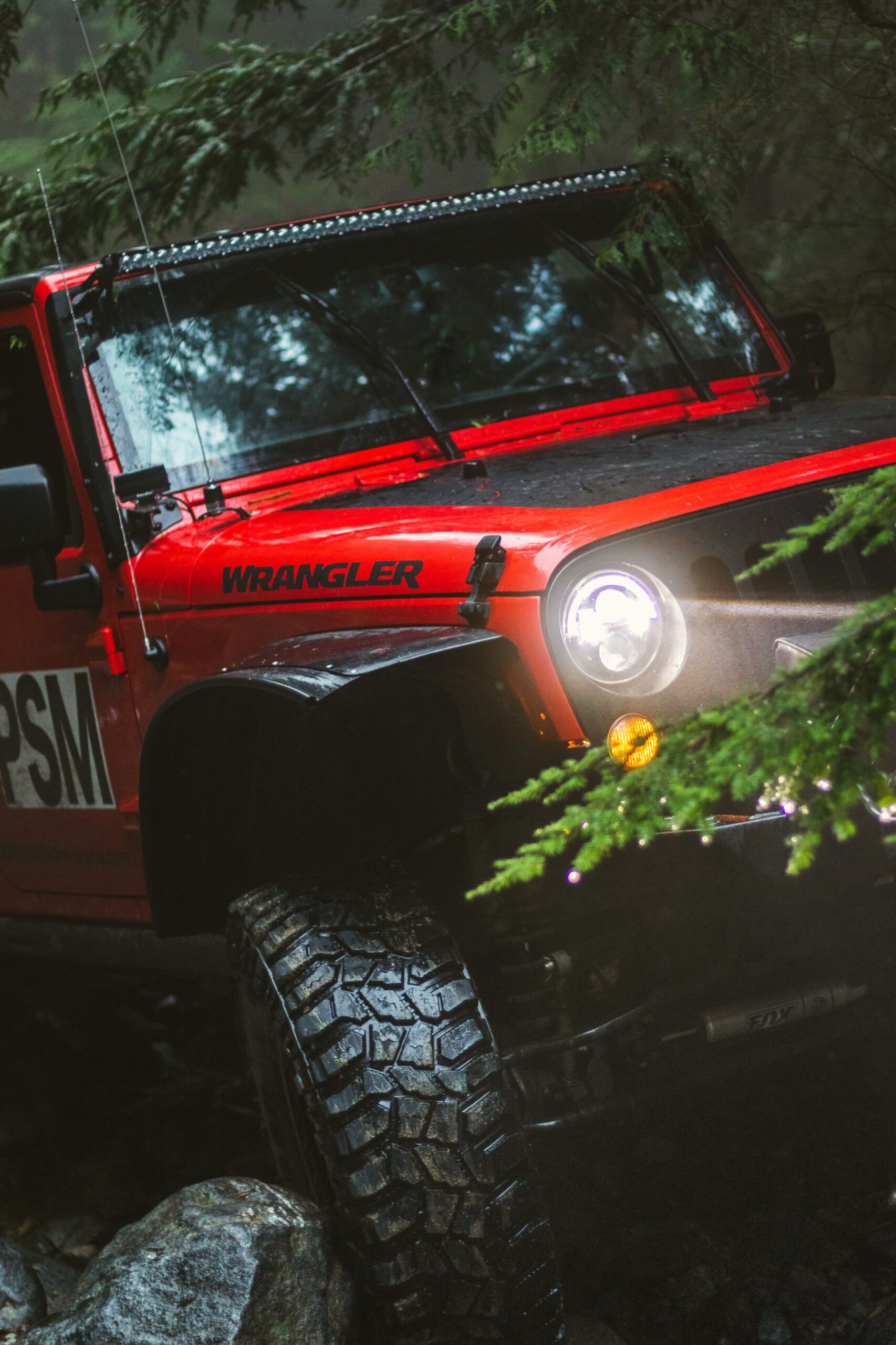When it comes to off-roading, modifying your vehicle with a lift kit is a popular choice among enthusiasts. Lift kits can provide various benefits for tackling challenging terrains and enhancing the overall off-road experience. However, like any modification, lift kits also come with their own set of advantages and disadvantages. In this blog post, we will explore the pros and cons of lift kits for off-road vehicles, helping you make an informed decision before making any modifications to your beloved 4×4.
Pros of Lift Kits:
- Increased Ground Clearance: One of the primary advantages of installing a lift kit is gaining additional ground clearance. This allows you to traverse rough terrain, such as rocks, logs, and deep ruts, without damaging the undercarriage of your vehicle.
- Improved Off-Road Capability: A lift kit provides your vehicle with a higher profile, enabling it to navigate obstacles that would otherwise be challenging. With increased approach, departure, and breakover angles, you can conquer steep inclines, deep water crossings, and uneven trails with greater ease.
- Larger Tire Fitment: Lift kits often allow for larger tires to be installed on your vehicle. Bigger tires offer enhanced traction, better grip, and improved stability, especially on loose surfaces like sand or mud. They can also give your off-road vehicle a more aggressive and rugged look.
- Suspension Articulation: Lift kits often include upgraded suspension components that improve articulation. This means each wheel can move independently, maintaining better contact with the ground and providing improved traction and stability on uneven surfaces.
Cons of Lift Kits:
- Altered Center of Gravity: Installing a lift kit raises the vehicle’s center of gravity, making it more susceptible to body roll and potential tipping, particularly during sharp turns or high-speed maneuvers. It is crucial to drive cautiously and adjust your driving style accordingly after installing a lift kit.
- Ride Quality and Comfort: Lift kits can sometimes result in a stiffer and less comfortable ride compared to the stock suspension. The increased height can amplify vibrations and road imperfections, affecting overall comfort, especially on long drives.
- Drivetrain and Component Stress: The installation of a lift kit can put additional strain on various drivetrain components such as the driveshaft, axles, and differential. It is essential to ensure that these components are properly upgraded or reinforced to handle the increased stresses associated with off-roading.
- Cost and Complexity: Lift kits, especially high-quality ones, can be a significant investment. Additionally, the installation process can be complex, requiring specialized knowledge and tools. It is recommended to have a professional install the lift kit to ensure it is done correctly and to avoid potential safety issues.
Lift kits offer undeniable benefits for off-road enthusiasts, providing increased ground clearance, improved off-road capability, and the ability to fit larger tires. However, it’s important to consider the potential drawbacks such as altered centre of gravity, ride quality changes, stress on drivetrain components, and the associated cost and complexity. Before making a decision, evaluate your specific off-roading needs, driving habits, and budget, and consult with experienced professionals to ensure the lift kit is compatible with your vehicle and aligned with your goals.
Remember, proper installation and maintenance are essential to ensure your safety and the longevity of your off-road vehicle. With careful consideration and informed choices, a lift kit can transform your 4×4 into a capable off-road machine, ready to conquer new adventures on challenging terrains.
